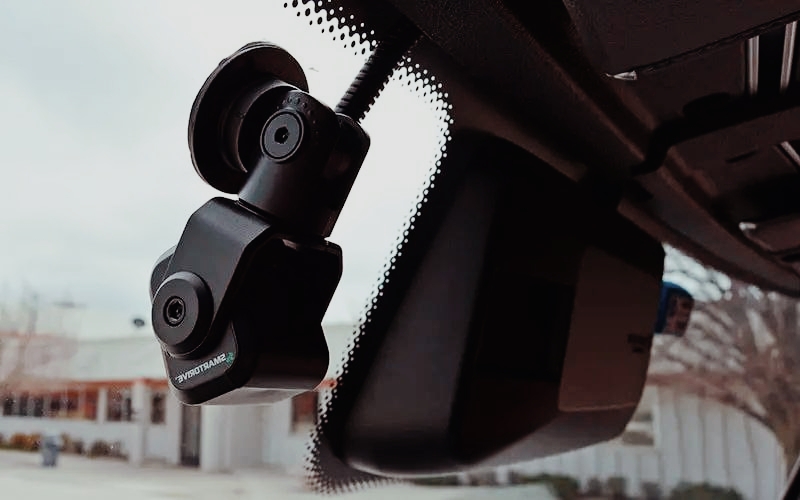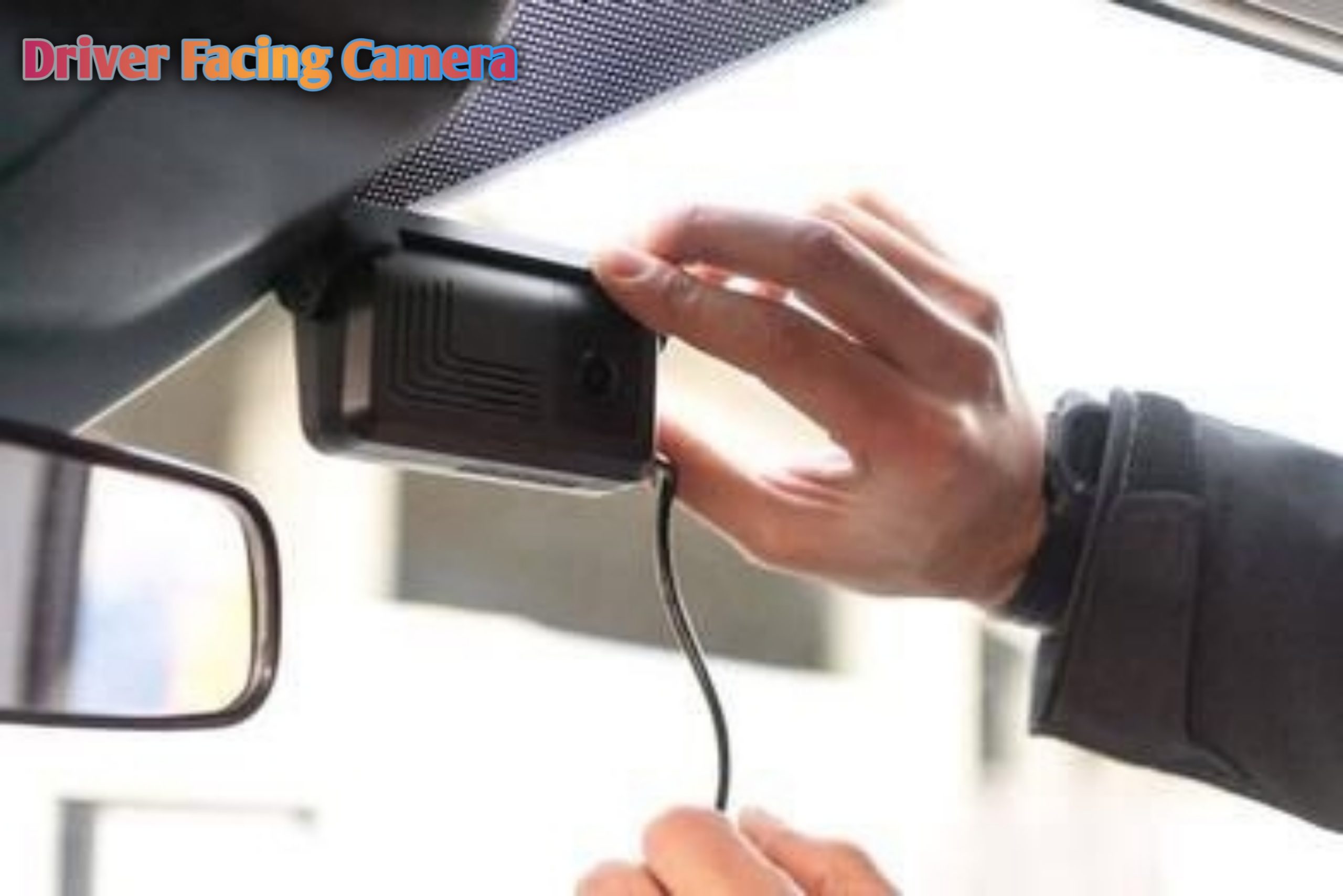To disable driver facing camera, consult the vehicle’s manual or the camera manufacturer’s instructions. Commonly, this involves accessing the camera settings through an in-vehicle menu or a connected app.
Disabling a driver-facing camera often raises concerns about privacy and comfort for drivers. Especially in commercial vehicles, where such cameras are prevalent for safety and monitoring, the desire for disconnection might be strong. Driver-facing cameras, while intended to enhance safety by monitoring driver behavior for signs of fatigue or distraction, can feel intrusive.
This has led to drivers and operators seeking to turn off or disable these devices. It’s essential to note that while cameras protect both the driver and the company, the process for disabling them is not always straightforward and can vary widely depending on the make and model of the vehicle, as well as the camera system’s design. Thus, achieving this task typically requires specific steps that should be carried out with an understanding of the implications it may have on safety records and compliance with regulations.
Understanding Driver-facing Cameras
Truck companies often install driver-facing cameras in their fleets. These cameras keep an eye on the road and the driver. We need to understand why they are there before discussing turning them off.
The Purpose And Function Of Driver-facing Cameras
Driver-facing cameras serve several key purposes:
- Monitor driver behavior to ensure safety rules are followed.
- Coach drivers with real-time feedback for better driving habits.
- Provide evidence in case of accidents or incidents on the road.
These cameras often link to software that analyzes driver alertness. Alerts are sent to managers if a driver seems distracted or tired.
Privacy Concerns And Legalities Of In-cab Surveillance
Despite their benefits, these cameras raise privacy issues. Laws differ widely, and it’s crucial to know your rights. In some places, drivers must consent to being filmed. Companies have more freedom to watch in other areas without a driver agreement.
| Country/Region | Consent Required | Surveillance Limits |
|---|---|---|
| USA | Varies by state | Subject to state laws |
| EU | Yes, strict GDPR rules | Limited to data protection standards |
Before disabling a camera, it’s important to understand the legal framework that applies to you.
Preparation Before Disabling The Camera
Before attempting to disable a driver-facing camera, preparation is key. This ensures safety and compliance with any legal or company policies. Follow these steps to prepare properly.
Reviewing The Vehicle’s Manual And Camera Specifications
The first step in preparing to disable a driver-facing camera is to understand the device. This means getting familiar with the vehicle’s user manual. Here, specific instructions or warnings about the camera system may be provided. Check the camera’s make and model to find its manual. Knowledge of camera specs helps determine the right method and tools needed for the job.
Consulting With Fleet Management Or Employer
It is crucial to speak with fleet management or your employer before making any changes. Cameras may be part of regulatory compliance or safety measures. Gain clear authorization to avoid potential issues. They can also provide official procedures or preferred practices for disabling the camera.
Acquiring The Necessary Tools For Disabling The Camera
After understanding the requirements and obtaining permission, gather the right tools. The tools depend on the camera’s model and the vehicle’s design. Common tools might include:
- Screwdrivers (Phillips or flat-head)
- Wire cutters or strippers
- Electrical tape to safely cover any exposed wires
Ensure you have everything ready and at hand before starting the process.
How to Disable Driver Facing Camera?
Disabling a driver-facing camera depends on the specific make and model of the vehicle, as well as the type of camera system installed. Typically, these cameras are part of a larger safety or monitoring system, and tampering with them may violate policies or legal regulations.
Secure Methods For Disabling The Camera
As technology in workplaces, like driver-facing cameras, becomes more common, privacy concerns arise. Here are secure ways to disable these cameras without causing damage or breaking the law.
Temporary Solutions: Covering The Camera Without Damage
Temporary solutions allow drivers to shield their privacy while keeping the equipment intact. Choose non-permanent methods so you can reverse them anytime.
- Electrical tape: Leaves no residue and blocks the lens.
- Webcam covers: Designed for easy application and removal.
- Cling film: A clear, residue-free option that is easily removed.
Permanent Disabling Techniques: Disconnecting The Power Supply
For a more permanent solution, consider disabling the power supply. This stops the camera from operating completely.
- Locate the camera’s power connector inside the vehicle.
- Disconnect the power cable carefully from the connector.
- Ensure there’s no power in the wires to avoid electrical hazards.
Ensuring Compliance: How To Disable Within Legal Boundaries
Legal compliance is crucial when considering disabling your camera.
Check the specific laws in your region before making any changes. Look for guidelines around driver surveillance and adhere strictly to them to avoid penalties.
Post-disabling Actions
After turning off a driver-facing camera, important steps must follow. This section focuses on actions needed after disabling the device. It’s crucial to address post-disabling stages correctly. This ensures safety and compliance.
Notifying The Relevant Authorities Or Stakeholders
Informing the right people about camera deactivation is key. Drivers should do this without delay. A list of contacts may include:
- Fleet managers
- Vehicle owners
- Safety compliance officers
Emails or written notices work well for notification. Ensure messages are clear and prompt to prevent misunderstandings.
Maintaining Other Safety Measures After Camera Disabling
Keeping up with alternative safety protocols remains a priority. Actions to maintain might include:
- Regular vehicle check-ups
- Driver safety training sessions
- Using other monitoring tools
Adhering to these practices helps preserve a high safety standard without the camera.
Monitoring For Potential Technical Issues Post-disabling
Watch out for issues after disconnecting the camera. Some potential problems to monitor are:
| Issue Type | What to Check |
|---|---|
| System Alerts | Dash lights or error messages |
| Vehicle Performance | Changes in engine behavior |
| Other Device Functionality | GPS or telematics systems |
Address any anomalies immediately to avoid technical complications.
FAQs About How To Disable Driver Facing Camera
What Triggers Driver Facing Cameras?
Driver-facing cameras typically activate during events like hard braking, sharp turns, collisions, or sudden acceleration. They can also record during random intervals or when manually prompted.
Are Driver Facing Cameras Always Recording?
Driver-facing cameras may not always record; some only activate during specific events such as sudden braking or an accident.
Is Drivecam Always Recording?
DriveCam constantly records video but usually saves footage only when triggered by events like sudden acceleration or hard braking.
How Do Driver Facing Cameras Work?
Driver-facing cameras use in-cab video systems to monitor and record drivers’ behaviors. They track eye movement, facial expressions, and head position to ensure safe driving practices and reduce distracted driving incidents.
Can I Turn Off Driver-facing Cameras?
Disabling driver-facing cameras often depends on the specific vehicle model and the camera system installed. Consult your vehicle’s manual or manufacturer for detailed instructions.
Conclusion
Disabling a driver-facing camera can be straightforward with the right steps. Remember, to respect privacy and legal guidelines during the process. For further guidance or professional advice, don’t hesitate to consult technicians. Safeguard your peace of mind while remaining compliant on the road.



Pingback: How to Use Mini DV Player on Canon CA920 Camera: Step-by-Step Tutorial [Easy Guide] - Get Care Stor